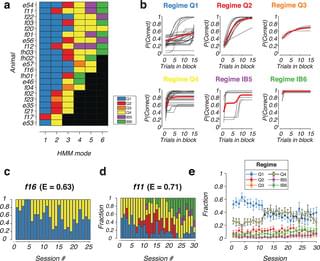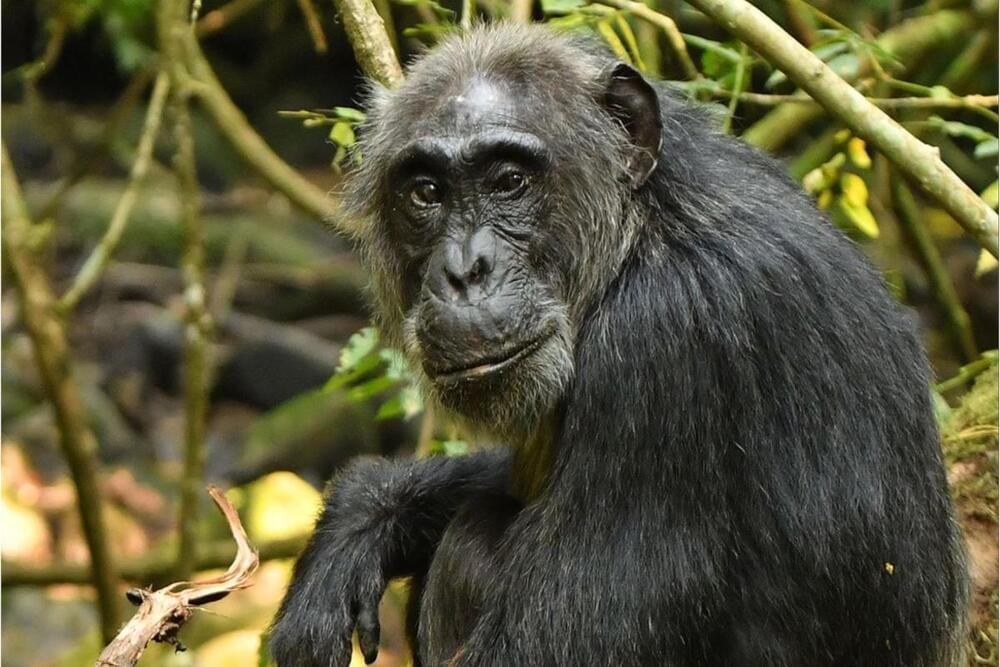NASA’s Atmospheric Waves Experiment (AWE) represents a cutting-edge initiative in space research, focused on studying atmospheric gravity waves. These waves play a crucial role in the dynamics of Earth’s atmosphere, particularly in the upper layers like the mesosphere, ionosphere, and thermosphere. AWE operates from its unique vantage point aboard the International Space Station (ISS).
One of the primary objectives of AWE is to observe and analyze atmospheric gravity waves (AGWs) in the mesopause region, which is about 54 miles (87 kilometers) above the Earth’s surface. By studying these waves, AWE aims to deepen our understanding of how weather events on Earth’s surface can generate these waves and how they propagate through and affect the atmosphere’s higher regions. This research is vital for comprehending the broader impacts of AGWs on the ionosphere-thermosphere-mesosphere system, particularly in terms of space weather effects, which have implications for satellite operations and communication systems.
AWE is led by Ludger Scherliess at Utah State University in Logan, and it is managed by the Explorers Program Office at NASA’s Goddard Space Flight Center in Greenbelt, Maryland. Utah State University’s Space Dynamics Laboratory built the AWE instrument and provides the mission operations center.








